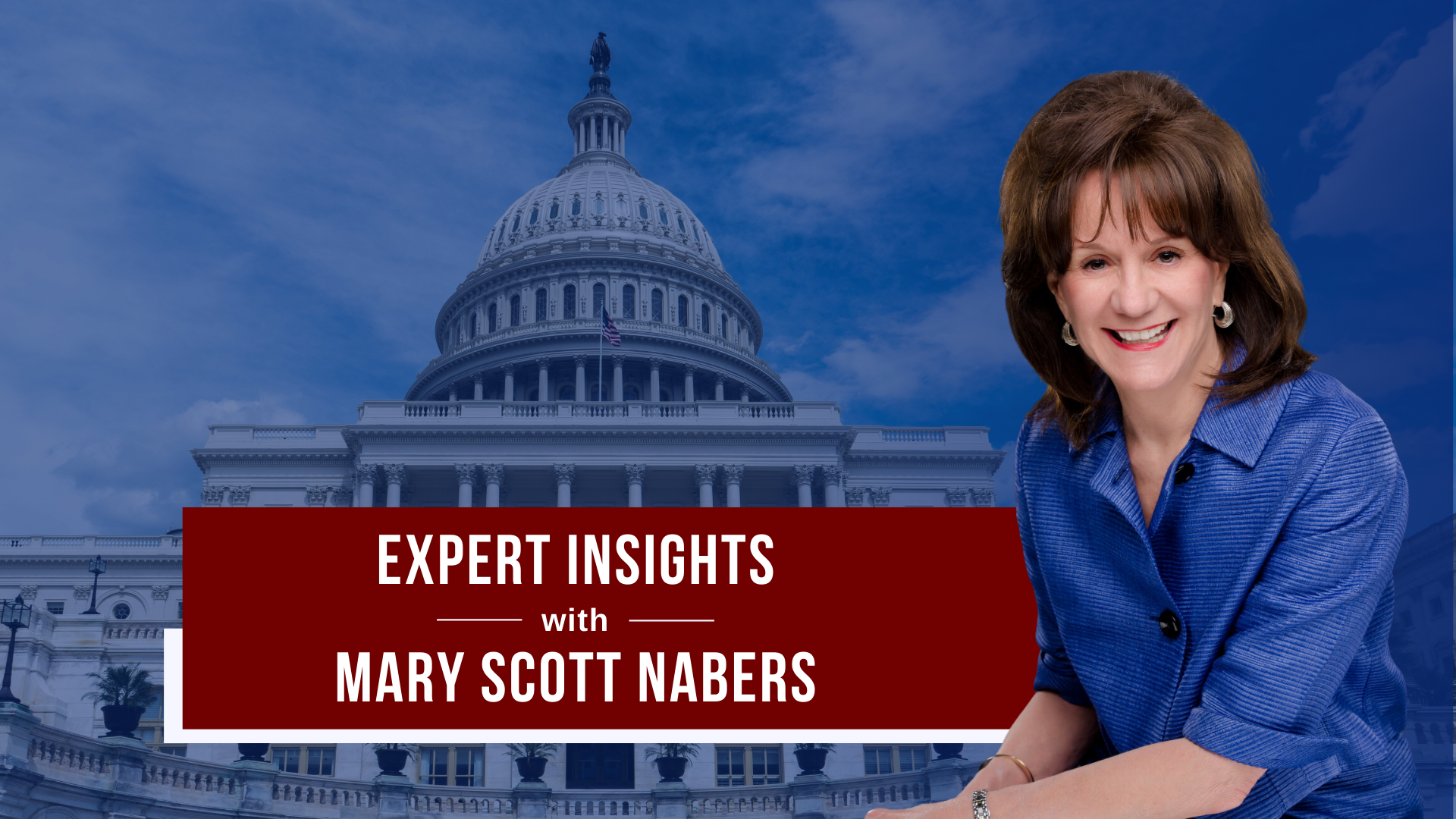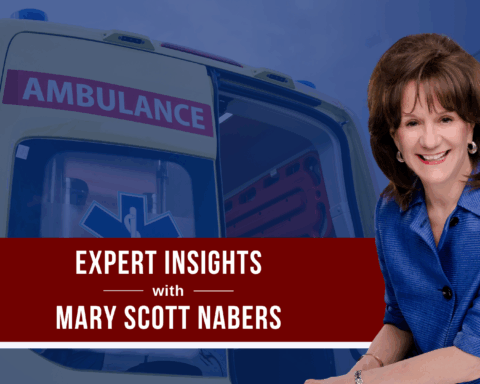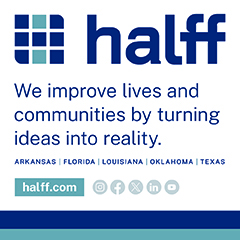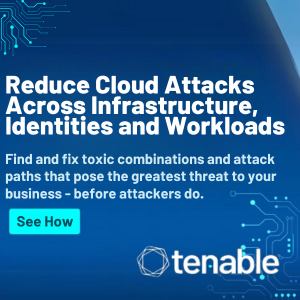Here’s a bit of advice for government contracting companies from a team of former government executives. The issues covered and the questions answered are ones that the Strategic Partnerships Team is asked about often – even by experienced sales execs. I’m sharing this advice because the public sector market can be daunting, and the guidance we provide is difficult, sometimes impossible, to find elsewhere.
Sales executives who are asked (or often required) to add a couple of new states to their territory often call saying something like this:
“Oh my gosh, I have just been assigned new states, and I need help. What is the fastest way for me to get the background information I need? Where should I start? What’s my highest priority?”
If the caller is a client we provide everything that is needed quickly. If the caller is not a client, here’s the guidance we provide.
What a sales exec with new territory needs immediately is a “territory analysis” that describes everything of importance in the new marketplace. That information is available, albeit not without some significant research, so we urge an immediate start and explain why it is so necessary. Here’s a summary of what we describe.
Where do I start?
Before starting the research, it is important to begin thinking about which jurisdictions will be of highest interest because determining where to start is very important. In making that decision it is good to remember that, while contracts at the state level may be larger, it is often best to capture a contract or two in other jurisdictions. That’s because a few reference accounts in a new state are very impressive. The references will provide local credibility, familiarity with state contracting norms, and it shows that you have relationships with other public officials in the state. Cities, school districts, universities, or counties all may be places to start in a new state or territory. Once one or two jurisdictions are selected, the following guidelines are suggested.
Development of a ‘Go-To-Market’ strategy is the next task. Marketing material may need to be tweaked, introductory presentations may need to be localized or re-structured, and the company’s visibility may need a boost.
What else do I need?
Researching the political environment of each jurisdiction is a critical component of success. What are the governing structures of the state, cities and counties? What type of contracting vehicles are required at each jurisdictional level? Are there consolidations of any kind that will impact contracting? Where do your competitors hold contracts? Make a list of ‘Must Meet Officials’ and then gather some background data related to decision makers, stakeholders, influencers, division directors, and others that influence purchasing decisions. The research should also outline the following:
- When does the fiscal year start?
- When are budgets approved?
- Upcoming events, meetings, and other ways to start networking efforts.
Finally, even though more research is always helpful, the next priority is to vet upcoming projects that you’ve identified. A Capture Pursuit Plan should be developed for each opportunity. Gather background on the ultimate decision makers and the initial officials you will meet first. This effort should not exclude other stakeholders, users, influencers, financial officials, and other internal executives. Once all this is handled, you are ready to begin requesting introductory meetings.
How do I ensure a successful first meeting in the public sector marketplace?
Other questions our team receive on a regular basis revolve around the best way to structure a first-meeting presentation. The answer to this question is quick and straightforward.
- No public official ever wants a sales exec to launch into a consultative sales presentation. Even though that type of conversation may work well in the private sector, public officials don’t have the time or any interest in telling a sales exec what their biggest problem is or what keeps them awake at night. Don’t even attempt a consultative sale – your research should have alerted you to their most immediate needs, plans and budget information.
- Public officials hate power point presentations with more than five slides. It matters not how colorful or beautiful your slides, never have more than five or maybe six.
- Introductory meetings are usually scheduled for 30 minutes and many are virtual. Success will depend on how you use that very short amount of time in a very productive and engaging way.
- Spend the first 3 minutes introducing the company and establishing credibility – no more than one slide on this.
- Then move immediately into a simplified but value-packed explanation of what your offering can deliver to the public entity. Try to weave in examples of similar problems the offering has solved for other government entities and explain the additional benefits it provides. Finally, leave time for questions. The last few minutes should be saved to ask about next steps and express your desire to send additional information if that seems relevant.
- After the meeting always write a follow-up thank you note to the public official. In addition, write a separate note to the official’s admin or scheduler who assisted with scheduling.
Political guidance is also extremely important and many questions that come to us are about what is or is not, politically correct. Here are a few of the ‘Must Never Do’ guidelines we usually discuss when asked for guidance:
- Never try to go around a public official by using leverage of any kind to get a meeting scheduled. If you have an elected official intercede for you, you’ll get the meeting and significantly anger the public official who is forced to take the meeting with you.
- Do not speak unkindly of other vendors.
- Be very careful about stated timelines for everything when dealing with governmental entities.
- Don’t send a gift to a public official. Be aware of the ethics laws/rules that apply to your public sector targets.
- Never try to communicate with officials while a solicitation document is open. This is a ‘quiet period’ and any communication during this time is unethical and noncompliant. Notably, it can also be illegal.
Of course, there is more that could be shared, especially considering the size and scale of the nation’s sprawling public sector marketplace. Hopefully, this advice will resonate with some and be helpful.
Photo by Michael Judkins from Pexels













